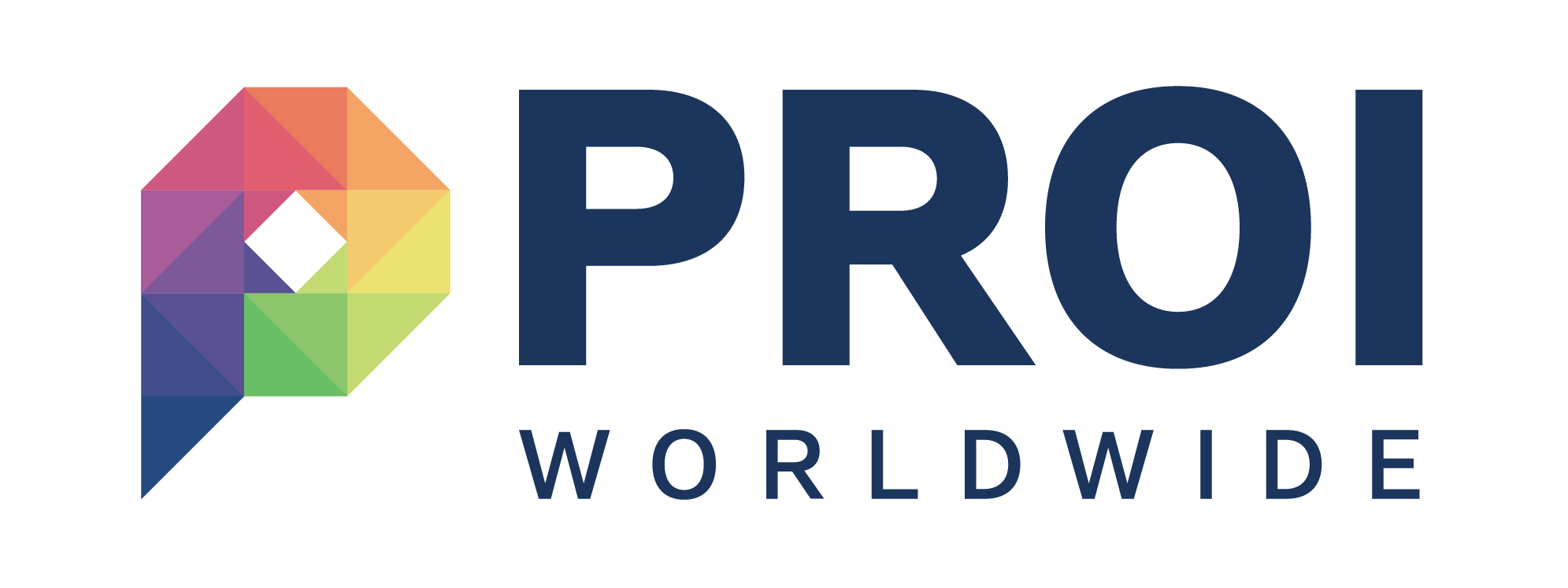Article: Mirror me
Author: Sarah ReakesDate: Sarah Reakes
Writer Sathnam Sangeera talked movingly in a recent interview of visiting Wolverhampton public library at the age of ten and finding a book by Hanif Kureshi: “It was the first time I saw a book by a brown person and I thought ‘people like me write books!’”.
It was clear that, as a British Asian, this was a powerful moment for him. It stayed with him and inspired a journey from a modest upbringing in the Midlands to Cambridge and then on to a career as a writer and journalist.
So what does this have to do with marketing?
The crux of it is an emotional connection. This is what lies behind Sangeera’s epiphany in Wolverhampton. If you can ‘mirror’ me and my situation, you will connect at quite a deep level. This is partly why some messages work, meet business goals, hit targets…and a near-identical sentence doesn’t. What makes the difference between a turn-off phrase and stopping me in my tracks?
It’s not an easy balance to strike, and it comes down to building up solid foundations at the beginning of the process. At KISS, we start our client work by identifying what we call ‘pains and gains’ and the ‘jobs’ your product does for the customer. By getting to the heart of the work-related pain they wish to avoid and the gains they need to see, we can be clear on just how and when your offering helps address them.
This means we can build up a robust and detailed picture of just who the right people are to get in front of, what your sales cycle is, and where the benefits lie. The more crystal-clear and specific we can make these, the more tailored and powerful the resulting creative – and the more likely it speaks to someone on an emotional level.
Using the right images and fonts is of course critical here too: choices around the product shot, appearance of people and their surroundings can make a massive difference: slick and beautiful? Gritty and real? Older or younger? Our experience and our work with brand personalities and customer personas can help here.
The best copy and images (moving or still) will avoid fluff and speak directly to your prospects’ top needs and concerns, the things that may keep them awake at night, the deliverables that make the difference for them between a good year and a great one. When we do this – when we focus tightly on a prospects’ pains, gains and jobs, and succinctly show how your offering addresses them – research shows it generates an emotional reaction.
Maybe it’s a sense of connection, of relief, or a little excitement that ‘Yes! This supplier understands my world’. Whatever the response, the words or images you put before them get their attention in the right way and make them more likely to click through or take the next step in becoming a lead.
However, it’s important to be aware that the people who don’t have the same list of pains and gains might wonder about whether the creative work is quite right. That’s understandable – if they’re not the ones being ‘mirrored’, they won’t have the same reaction. Fear not: use the research we do, the facts and customer personas. Focus on your prospects’ needs and pains, which may not be the same as those of your CEO or finance director!
Copy that works cuts through. It makes it past the many robust filters that we put up in a world overloaded with messages. If you mirror me, I will connect with what you have to say, and this is half the battle in marketing.
View PDF Version
